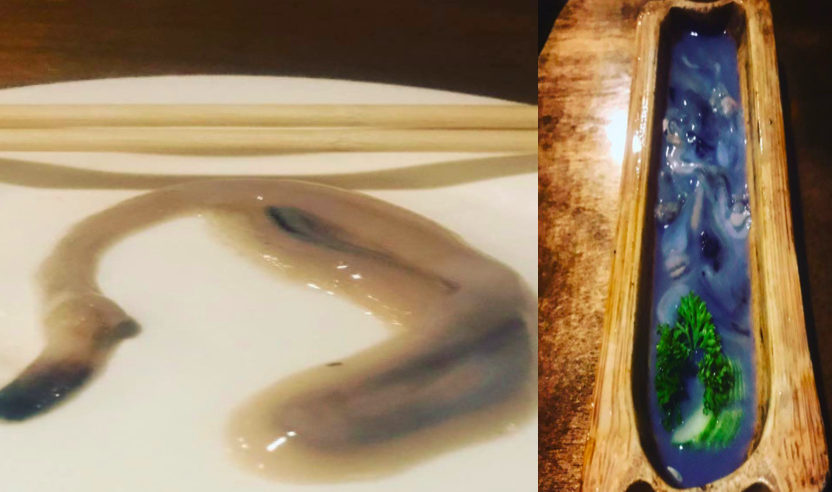
TAMILOK: Palawan — consistently voted the best island in the world — is a true feast for the eyes, but no so much for the stomach.
And generally speaking, while the Philippines is famous for its paradise islands, beautiful beaches and charming ladies, it is hardly on the map as a culinary hotspot.
When you consider it was once a Spanish colony and has Thailand, China, Korea and Vietnam as neighbours, this is a bit of a surprise. Perhaps it was the 50 years as an American colony that helped Jollibee take the place of gastronomy?
However, the Philippine islands are world-beaters when it comes to weird food — after all balut, the infamous fertilised duck egg, is the de facto national dish. I actually quite like balut, but then I like weird street food, if you hadn’t already guessed.
To get island hopping in El Nido involves either flying directly to El Nido (expensive) or to Puerto Princesa, the capital of Palawan, and then taking a bus. [Editor’s note: See below]
We opted for the latter. ‘PP’, as the cool kids call it, is a somewhat lame city, with its main claim to fame being an underground river; apparently one of the seven natural wonders of the world, but then who knows who made that list?
But being a city of decent size means you do get some reasonable restaurants, and being its own province means that Palawan has its own culinary quirks. Its most famous is woodworm, or as they call it locally, tamilok. I was obviously not going to miss the chance to eat this renowned delicacy.
What is tamilok?
So what is tamilok? Let’s get all scientific: It’s not actually woodworm, but a bivalve mollusc. So what are they? It’s a fish-type creature that lives in, and on, wood.
So if it’s a bivalve mollusc, why do the locals called it tamilok? The story has it that during World War Two two American GIs saw the locals harvesting the critters and one said to the other “Tommy Look”, which became tamilok. One can only assume this is shorthand for ‘Tommy-look-at-what-they-are-doing-surely-they-are-not-going-to-eat-that’. But eat it they do!
You can find it all around the province, sold cheaply in local eateries and for rather more pesos as a “speciality” in high-end restaurants.
And now to the taste! Many have suggested that the taste is similar to milk or oysters. I can say it was certainly fishy and the texture was very slimy.
Not much more to add, to be honest, it really does taste just as you would probably expect. I tried mine with a bit of wasabi — Japanese horseradish — which did nothing to improve the flavour. Perhaps there’s a better way to prepare and flavour tamilok? Maybe, but I wasn’t inspired to experiment.
As disgusting things go I have probably had worse foods than tamilok while in China. I am glad I tried it, I think the chances of me going for seconds are slim to none. You can also have it deep fried, but you shouldn’t… as it’s even worse.
Tamilok challenge complete; now bring me some normal food… like balut.
To try tamilok for yourself, join YPT on one of their island-hopping tours in Palawan.
Editor’s note: PAL has announced a new flight service connecting Clark International with Palawan’s new San Vicente Airport.

Comments are closed.